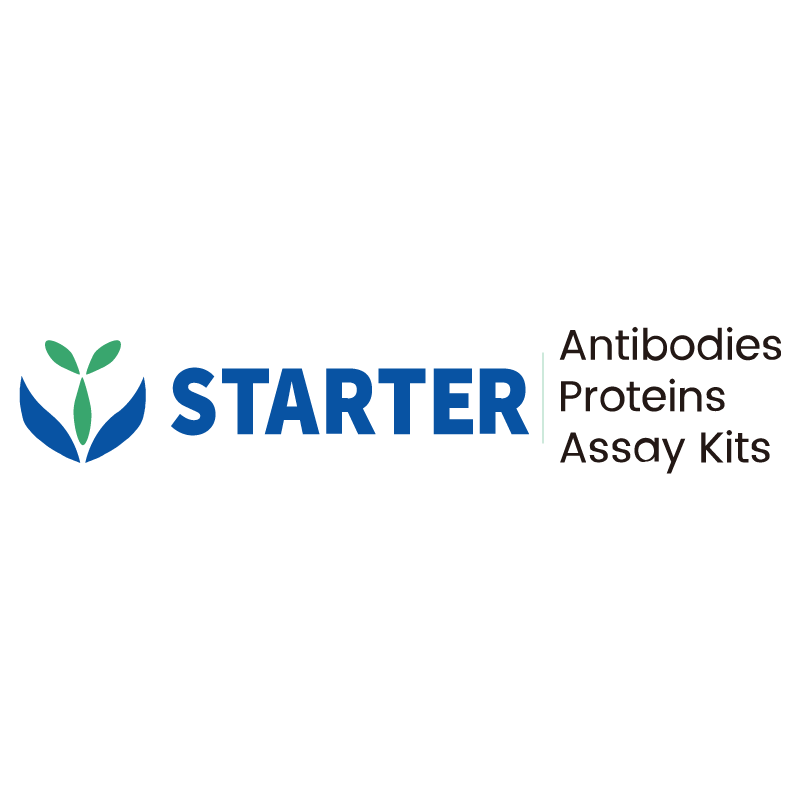Flow cytometric analysis of C57BL/6 mouse splenocytes labelling Mouse CD39 antibody at 1/200 (1 μg) dilution/ (Right panel) compared with a Rat IgG2a, κ Isotype Control / (Left panel). Goat Anti-Rat IgG Alexa Fluor® 647 was used as the secondary antibody. Then cells were stained with CD4 - Brilliant Violet 421™ Antibody separately.
Product Details
Product Details
Product Specification
| Host | Rat |
| Antigen | Mouse CD39 |
| Synonyms | Ectonucleoside triphosphate diphosphohydrolase 1; NTPDase 1; ATP diphosphohydrolase (ATP-DPH; ATPDase); Ecto-ATP diphosphohydrolase 1 (Ecto-ATPDase 1; Ecto-ATPase 1); Ecto-apyrase; Lymphoid cell activation antigen; Nucleoside triphosphate diphosphohydrolase 1 (NTPDase1); Entpd1 |
| Location | Membrane |
| Accession | P55772 |
| Clone Number | S-R641 |
| Antibody Type | Rat mAb |
| Isotype | IgG2a,k |
| Application | FCM |
| Reactivity | Ms |
| Positive Sample | C57BL/6 mouse splenocytes |
| Purification | Protein G |
| Concentration | 2 mg/ml |
| Conjugation | Unconjugated |
| Physical Appearance | Liquid |
| Storage Buffer | PBS pH7.4 |
| Stability & Storage | 12 months from date of receipt / reconstitution, 2 to 8 °C as supplied. |
Dilution
| application | dilution | species |
| FCM | 1:200 | Ms |
Background
CD39 (Ectonucleoside triphosphate diphosphohydrolase-1, encoded by the ENTPD1 gene) is an ectoenzyme that hydrolyzes extracellular ATP into AMP, serving as the rate-limiting enzyme in the generation of adenosine. In the tumor microenvironment, CD39 works in concert with CD73 to ultimately produce immunosuppressive adenosine, which inhibits antitumor immune responses. CD39 is widely expressed on the surface of various immune cells, including T cells, B cells, natural killer cells, dendritic cells, and macrophages. Due to its critical role in immune suppression, CD39 has emerged as a promising target for cancer immunotherapy, with several inhibitors and antibody drugs currently under clinical investigation.
Picture
Picture
FC


